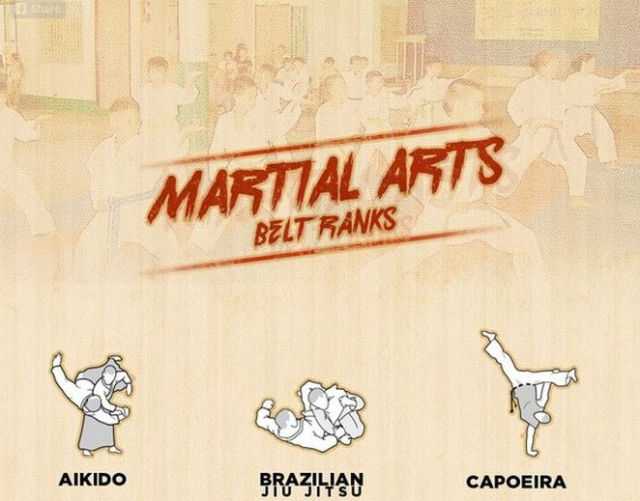Step into the ancient globe where martial arts were born out of necessity in varied regions. Societies crafted unique fighting styles intertwined with historical contexts. Strategies advanced over centuries with devoted method and cultural exchanges. Today, modern-day martial arts blend typical aspects for optimal performance. Philosophically, martial arts highlight discipline, self-improvement, and consistency. Respect, humbleness, and equilibrium are fundamental principles guiding professionals towards development and resilience. Check out the midsts of this abundant history and viewpoint to reveal the extensive impacts shaping this enduring discipline.
Beginnings of Fighting Style
Martial arts originated in numerous regions worldwide, advancing as functional battle systems to prevent hazards. These old battling styles were created out of requirement, with each society crafting strategies suited to their unique atmospheres and difficulties. From the grappling arts of Jujutsu in Japan to the striking techniques of Kung Fu in China, martial arts were deeply intertwined with the historic, social, and social fabric of their respective societies.
In Japan, the samurai course polished martial arts like Kenjutsu, the art of the sword, which later on developed right into the a lot more promoted kind of Kendo. Meanwhile, in Brazil, Capoeira became a blend of dancing and fight, produced by enslaved Africans as a means to withstand oppression. Each fighting style carries with it an abundant history and ideology, reflecting the values and ideas of the people who practiced them.
As you look into the beginnings of martial arts, you discover a tapestry of human resourcefulness, resilience, and the stubborn spirit of warriors throughout time.
Evolution of Strategies
Through centuries of method and improvement, battle strategies within numerous martial arts have actually gone through a profound development. From ancient styles like Martial art and Martial arts to a lot more contemporary techniques such as Brazilian Jiu-Jitsu and Krav Maga, the advancement of methods has been driven by a mix of social influences, functional applications, and technical improvements.
One significant facet of this advancement is the cross-pollination of strategies in between different martial arts. For instance, techniques from typical Japanese Jiu-Jitsu were integrated right into the development of Judo by Jigoro Kano in the late 19th century. This blending of designs has actually brought about the development of crossbreed martial arts like Mixed Martial Arts (MMA), which integrate aspects of striking, grappling, and submission strategies.
Furthermore, the development of strategies has actually been shaped by the increasing emphasis on efficiency and performance in combat. Specialists have continually looked for to refine their techniques via strenuous training, testing, and competition, causing the advancement of extremely specialized and reliable fighting styles. Generally, the development of techniques in martial arts reflects the dynamic nature of fight and the recurring mission for improvement and innovation.
Philosophical Structures
Exploring the underlying philosophical principles of martial arts provides understanding into their core worths and leading beliefs. At the heart of numerous martial arts techniques is the concept of self-control itself. By educating your mind and body to serve as one cohesive device, you grow technique that expands past the dojo or health club right into day-to-day life. This discipline incorporates respect, humbleness, and self-discipline, shaping not simply your physical capacities yet likewise your personality.
An additional basic thoughtful structure in martial arts is the idea of continual self-improvement. The trip of mastering a martial art is endless, with specialists regularly striving to much better themselves, both literally and psychologically. This concentrate on development fosters strength, determination, and a development frame of mind that can be related to all facets of life.
Additionally, martial arts emphasize the relevance of consistency and balance. Strategies are designed to use a challenger's power against them, highlighting the concept of producing and rerouting force as opposed to meeting it head-on. This viewpoint extends to social partnerships, advertising serene resolutions and good understanding. By accepting these thoughtful structures, martial artists not only improve their combat abilities however likewise cultivate a way of living fixated individual development, respect, and harmony.
https://www.wcvb.com/article/crash-through-martial-arts-studio-into-ravine-southbridge-massachusetts/44100679 , the history and ideology of martial arts provide an abundant tapestry of practice, self-control, and self-improvement.
Consider instance the tale of Bruce Lee, who revolutionized martial arts by blending various styles and philosophies to develop his own special kind of Jeet Kune Do.
With dedication and advancement, martial artists remain to push limits and inspire others to reach their complete capacity both in combat and in life.
